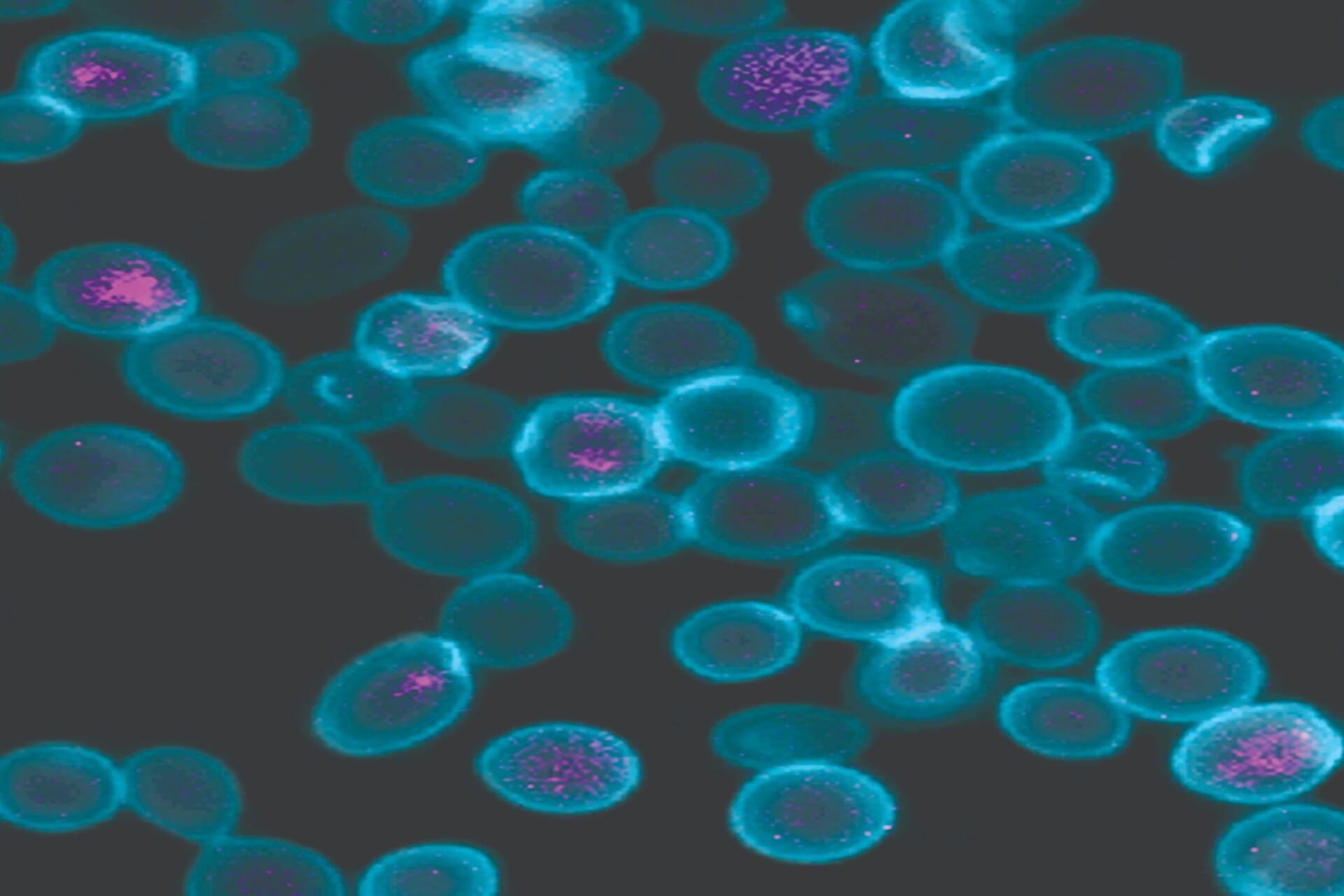The emergence of mirror life technology has sparked a significant debate within the scientific community regarding its implications for public health and environmental safety. This technology refers to the development of synthetic organisms that possess a biochemistry that is a mirror image of naturally occurring life forms. While the potential applications of such technology are vast, including advancements in pharmaceuticals, biofuels, and environmental remediation, the risks associated with its uncontrolled use are a growing concern.
Leading scientists from various disciplines have come together to express their apprehensions about the unforeseen consequences that mirror life technology could unleash. Their primary argument centers on the possibility that these synthetic organisms could interact unpredictably with existing ecosystems, potentially leading to ecological imbalances or even the extinction of native species. Given that these organisms are designed to thrive in specific environments, their introduction into the wild could have catastrophic effects.
Moreover, the scientists highlight the potential health risks that could arise from the release of mirror life organisms into the environment. These synthetic life forms could potentially evade the immune responses of humans and animals, leading to new diseases or the exacerbation of existing health issues. The possibility of cross-contamination with natural organisms raises alarms about the unpredictable nature of these engineered life forms.
The call for a global ban on mirror life technology is rooted in the principle of precautionary action. The scientists argue that the potential benefits of this technology do not outweigh the risks associated with its deployment. They advocate for a moratorium on research and development until comprehensive regulatory frameworks are established to govern the use of such technologies. This includes rigorous testing protocols, risk assessments, and monitoring systems that can effectively track the behavior of synthetic organisms in natural settings.
In response to these concerns, several international organizations and regulatory bodies are beginning to take notice. The World Health Organization (WHO) and the United Nations Environment Programme (UNEP) have initiated discussions on the need for a coordinated global response to the challenges posed by synthetic biology. These discussions aim to establish guidelines that ensure the responsible development and application of biotechnology while safeguarding public health and the environment.
The debate surrounding mirror life technology is not limited to scientific circles; it has also captured the attention of policymakers and the public. As the implications of synthetic biology become more apparent, there is a growing demand for transparency and public engagement in the decision-making processes related to biotechnological advancements. Advocacy groups are calling for more inclusive dialogues that incorporate diverse perspectives, ensuring that ethical considerations are taken into account alongside scientific and economic factors.
In addition to health risks and ecological concerns, the ethical implications of creating synthetic life forms are also under scrutiny. Questions arise regarding the definition of life, the moral status of engineered organisms, and the responsibilities of scientists and corporations in managing these technologies. As mirror life technology advances, the need for a robust ethical framework becomes increasingly critical to guide research and applications.
The potential for mirror life technology to contribute positively to society cannot be overlooked. Applications in medicine, such as targeted drug delivery systems or the development of vaccines, hold promise for improving health outcomes. However, the scientific community emphasizes that these benefits must be pursued with caution, ensuring that safety measures are in place to mitigate risks.
As the dialogue surrounding mirror life technology continues to evolve, it is clear that a collaborative approach is essential. Scientists, policymakers, ethicists, and the public must work together to navigate the complexities of this emerging field. By establishing clear guidelines and regulatory frameworks, society can harness the potential of synthetic biology while minimizing the risks to health and the environment.
In conclusion, the call for a ban on mirror life technology reflects a growing recognition of the need for responsible innovation in the field of biotechnology. As the implications of synthetic organisms become clearer, the scientific community is urging for precautionary measures to prevent potential harm. Balancing the pursuit of scientific advancement with the responsibility to protect public health and the environment is paramount in ensuring a sustainable future for all.

